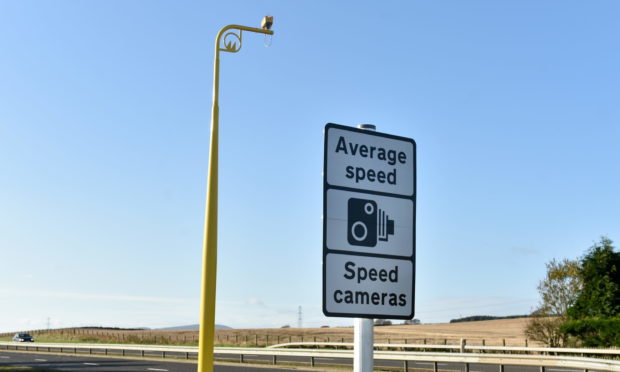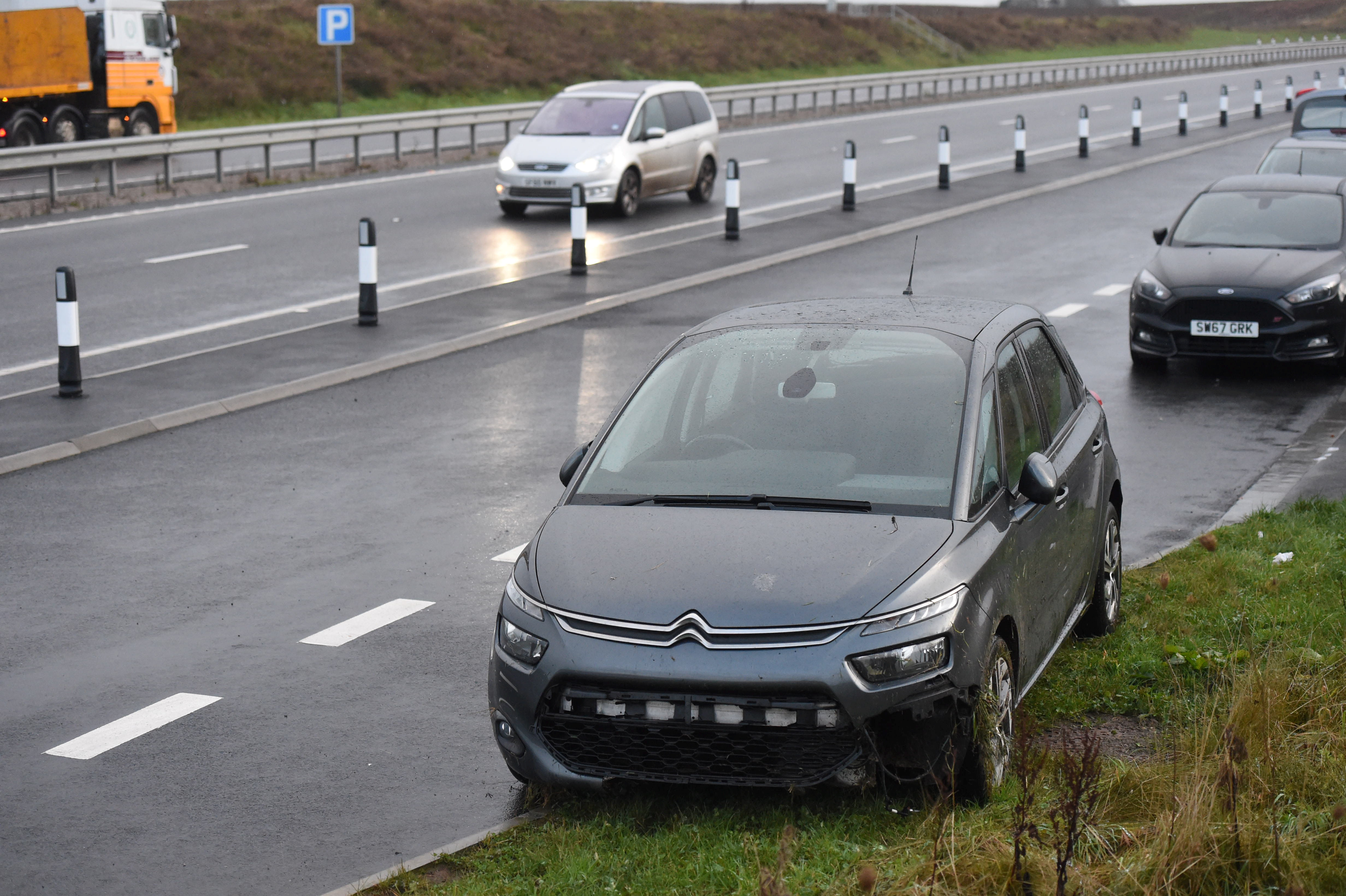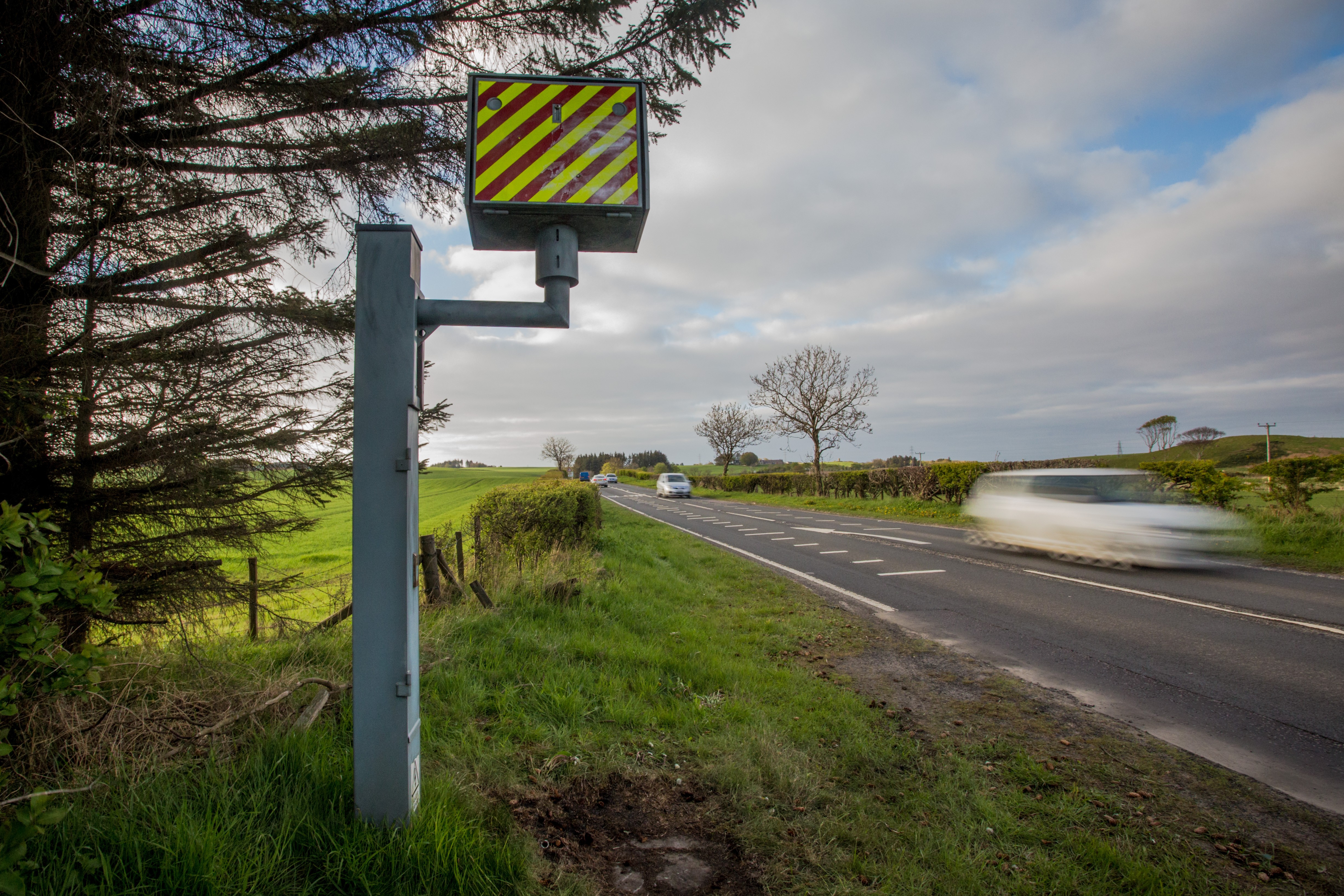The installation of average speed cameras on a major north-east route has failed to reduce the number of serious crashes recorded on the route.
It is two years since the £2 million camera system went up on the Stonehaven to Dundee stretch of the A90, with then transport secretary Humza Yousaf declaring it would “help save lives”.
But freshly released figures comparing accidents from the 26 months before the cameras were put in place against those for the 26 months since they went live have sparked concerns about their effectiveness.
The number of collisions classed as “serious” have increased from 20 to 21, while the number of injuries graded as “serious” went up from 27 to 28.
The number of deaths rose from three to five during that time frame.
Those statistics have led to calls for the Scottish Government and roads chiefs to concentrate on changes to the design of the road – including flyovers and improved junctions.
Road safety charity IAM Roadsmart said such improvements had been made between Dundee and Perth and questioned why the north-east is still waiting.
Concerned local, Stewart Donald, carried out the research and has called for the condition of the A90 to be improved to boost safety.
The Inverbervie man argues that the data showed speeding is not the primary cause of collisions on the route.
And North East MSP, Liam Kerr, said the figures were “extremely concerning” as he too urged Holyrood ministers to enhance the design of the trunk route.
Transport Scotland last night insisted the cameras have “helped to significantly improve driver behaviour” and said it was “unwise to speculate” about their impact until they have been in place for three years.
After reading the dozens of articles about the number of fines issued for speeding on the A90, Mr Donald theorised that the route must be safer and conducted his own study.
He said: “You would assume this glorious achievement for road safety would have resulted in a significant reduction in the number of deaths and injuries along that stretch.
“I made a freedom of information request to Police Scotland and Transport Scotland, to find out exactly how much safer the road now is.
“Amid all the hype and all the bluster – not to mention the cost to taxpayers and drivers – it has been a total failure.
“The dangerous junctions, the lack of flyovers or grade separation, the lack of lighting, the poor drainage and the poor surface quality are more to blame.”
A Transport Scotland spokesman said the body was “committed to achieving safer road travel, reducing the number of serious injuries and working towards an ultimate vision of zero fatalities on our roads”.
He added: “The £2 million investment in average speed cameras on the A90 has already helped to significantly improve driver behaviour and speed limit compliance on the route.
“This adds to the growing evidence base of the effectiveness of average speed cameras, with notable long-term improvements in road safety already seen on the both the A77 and A9.
“The personal injury accident data is not yet fully available in order to undertake an analysis of accident rates on the A90 average speed camera sections.
“It would be unwise to speculate until we have a full three years of operational data to compare to the 2014-16 baseline figure and long-term trends are more clear.”
Neil Greig, from road safety charity IAM Roadsmart, praised the speed cameras for helping to improve driver behaviour – but said they were only part of the solution when it comes to reducing crashes.
Mr Greig said: “Overall we believe that driver behaviour has improved on the A90, with excessive speeding virtually eliminated.
“However cameras can only ever be a temporary solution until full engineering improvements are put in place.
“This should include a programme to provide full grade separated junctions.
“This has been done between Perth and Dundee and we can see no reason why it should not be done further north.
“Towns like Laurencekirk have waited far too long for modern access arrangements.”
Liam Kerr MSP shares the view that better road design is needed.
He said: “These figures are extremely concerning and show the introduction of average speed cameras have made little difference to the number and severity of crashes on the road.
“Around half of the accidents on the road previously showed crashes happen at junctions, private entrances, farm roads and roundabouts that are caused by slow moving traffic which the cameras don’t detect.
“The cameras do have an impact on speed but some drivers are still ignoring them and treating the road as a racetrack.
“I have repeatedly warned the Scottish Government the A90 must be designed better, which will reduce the number of crashes and fatalities.
“One death is one too many and the SNP Government must make proper safety improvements to the route itself before more people are killed.”


